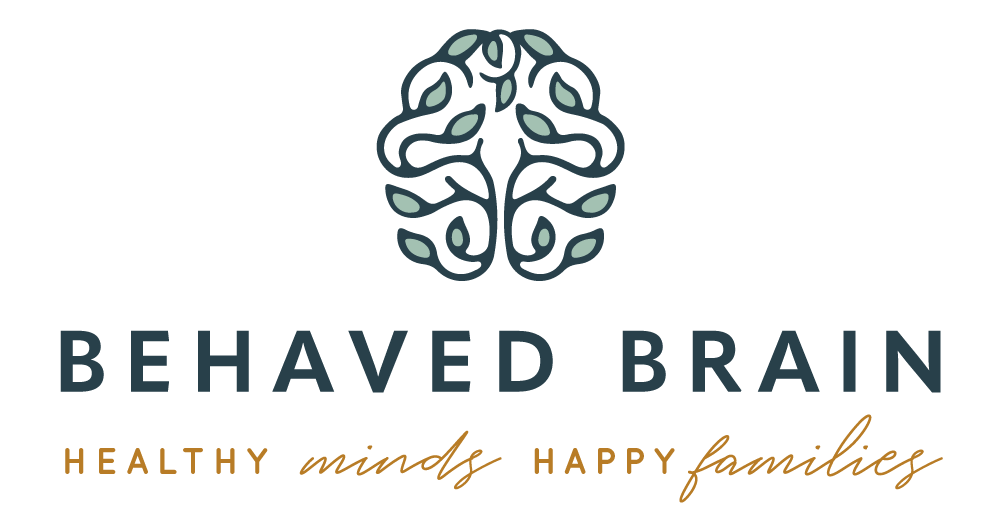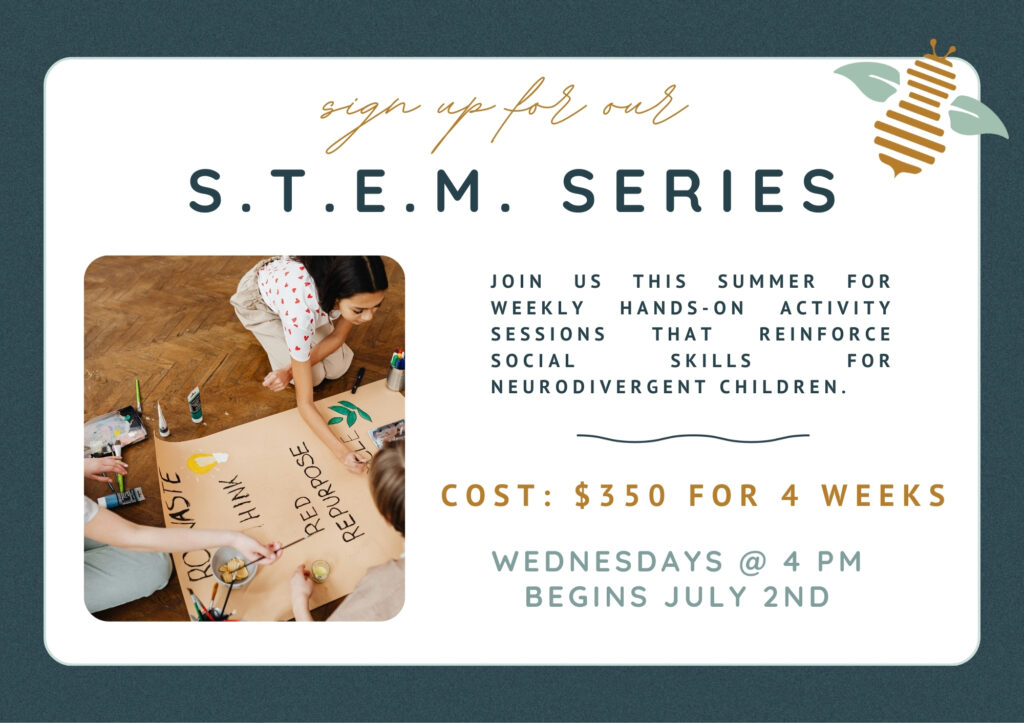Therapy For
Eating Disorders
Childhood and adolescent eating disorders are serious and complex mental health conditions that affect how children perceive food, their bodies, and their overall well-being. These disorders can lead to severe physical and psychological health consequences if left untreated. While commonly associated with adolescence and adulthood, eating disorders can emerge in early childhood, sometimes as young as six or seven years old. Like most childhood mental health conditions, early intervention significantly improves treatment outcomes and long-term recovery, which is why we offer comprehensive eating disorder therapy at Behaved Brain Wellness Center in New Jersey.
Signs of Childhood and Adolescent
Eating Disorders

Recognizing the signs of an eating disorder in your child is the first step to get them the help they need. However, unlike adults, children and teens may not explicitly express concerns about body image or weight. Rather, they often exhibit behavioral and emotional symptoms first.
For instance, some children’s eating patterns may begin to change, where they refuse to eat certain foods, avoid meals, or eat in secrecy. They may also develop a preoccupation with food and weight – expressing fears of gaining weight, calorie counting, or extreme focus on healthy eating. You may also notice physical changes like weight fluctuations, dizziness, gastrointestinal problems, and fatigue.
Sometimes, behavioral changes may be the first sign of a childhood eating disorder, characterized by increased irritability, withdrawal from social activities, and obsessive exercise. Finally, emotional distress that causes anxiety, depression, and perfectionistic tendencies may also be a sign that your child is struggling with an eating disorder.


Types of Child and Adolescent
Eating Disorders
Anorexia Nervosa
Characterized by severe food restriction, an intense fear of weight gain, and distorted body image.
Bulimia Nervosa
Involves cycles of binge eating followed by purging (e.g., vomiting, excessive exercise, or laxative use) to compensate for overeating.
Binge-Eating Disorder (BED)
Marked by recurrent episodes of eating large amounts of food, often in a short period, accompanied by feelings of loss of control and distress.
Avoidant/Restrictive Food Intake Disorder (ARFID)
A condition in which children avoid or restrict food intake due to sensory sensitivities, fear of choking, or a lack of interest in eating.
Prevalence of Childhood
Eating Disorders

Eating disorders among children and adolescents have been on the rise in recent years. According to the National Eating Disorders Association (NEDA), an estimated 28.8 million Americans will struggle with an eating disorder in their lifetime, with a growing number of cases appearing in younger children (NEDA, 2022).
The prevalence of eating disorders among children aged 9-10 is about 1.4%, with ARFID affecting up to 5% of children (Forbes et al., 2021). Hospitalizations for eating disorders among children under 12 years old increased by 119% from 1999 to 2006 (Herpertz-Dahlmann, 2015).
A study published in JAMA Pediatrics found that between 2000 and 2018, there was a 4-fold increase in eating disorder-related hospital admissions in children and adolescents (Harrop et al., 2021).
These statistics highlight the continued relevance and increase in childhood eating disorders, which are often a symptom of a deeper psychological malady. With early intervention, holistic therapy, and practical tools, children and adolescents can learn how to manage the symptoms of their eating disorder and reach long-term, sustainable recovery from it into adulthood.

Therapy For
Eating Disorders

Treatment for childhood eating disorders typically involves a combination of medical, psychological, and nutritional interventions. By adding our “7 Foundations of Brain Health” program into all therapy curriculums, we help educate children and adolescents on ways they can improve their environment and the importance of holistic health, which helps significantly improve their commitment to improved mental and physical health.
Cognitive Behavioral Therapy (CBT)
CBT is one of the most effective therapies for treating eating disorders. It helps children challenge disordered thoughts about food and body image, while teaching coping skills to manage anxiety and stress.
Family-Based Treatment
FBT, also known as the Maudsley Method, involves parents taking an active role in helping their child recover. Studies show that FBT has higher success rates for adolescents with anorexia nervosa compared to other treatments (Lock & Le Grange, 2019).
Nutritional Counseling
Our registered dietitians work with children and their families to develop balanced meal plans and help them rebuild a healthy relationship with food.
Medication and Psychiatric Support
While there is no medication that cures eating disorders, some children benefit from medications for co-occurring conditions like anxiety, depression, or obsessive-compulsive disorder (OCD). While we generally try to avoid medication therapy, it can be helpful for some children and teens who are also struggling with eating disorders. Our approach first focuses on therapy and environmental changes before we consider a medical intervention.
Mindfulness and Acceptance-Based Therapies
Mindfulness techniques, such as yoga and meditation, help children regulate emotions and reduce stress associated with eating. At Behaved Brain, we introduce children and teens to a variety of action-oriented therapies to help them redirect their energy and emotions when they feel their compulsions arise, and during times of dormant flare-ups to keep their brain and body more calm and regulated.

Environmental Changes to Support
Eating Disorders

Children who struggle with an eating disorder benefit greatly from a whole-family approach to wellness, where the family is also actively involved in helping them in their recovery journey. Making these environmental adjustments not only sets the child up for success, but underscores the support of their family members.

- Create a positive food environment
- Encourage family meals
- Avoid discussions about weight
- Offer a balanced diet
- Cook meals together
- Reduce access to body-negative media
- Encourage open communication
- Address life stressors, emotions and fears
- Discuss school-related stress
- Encourage physical activity
- Create a positive relationship with exercise
- Avoid excessive exercise
- Associate exercise with enjoyment
frequently asked questions about
Childhood Eating Disorders
At what age can eating disorders start?
Eating disorders can develop as early as 6-7 years old, though they are more common in pre-teens and adolescents.
Are eating disorders genetic?
Yes, research suggests that eating disorders have a strong genetic component, with heritability estimates ranging from 40-60% (Yilmaz et al., 2015).
Can childhood eating disorders go away on their own?
Most often, eating disorders require professional intervention. Without treatment, they can lead to long-term health complications, including heart problems, growth delays, and severe malnutrition. The best defense against a childhood eating disorder is to get help early, setting the child on a track to long-term recovery.
How can parents help prevent eating disorders?
Parents can promote a healthy relationship with food by avoiding diet talk and body shaming, encouraging balanced eating habits, teaching media literacy regarding body image and, of course, setting a healthy example.
What is the success rate of treatment?
Success rates vary, but FBT has recovery rates of 50-60% for adolescents with anorexia, and CBT has been effective for bulimia and binge-eating disorder (Lock & Le Grange, 2019).

Start Your Eating Disorder Therapy Journey

Behaved Brain Wellness Center is currently accepting new in-person and virtual clients. If you’d like to call to schedule a session at either our Ho-Ho-Kus, NJ or Midland Park, NJ location, click here!







